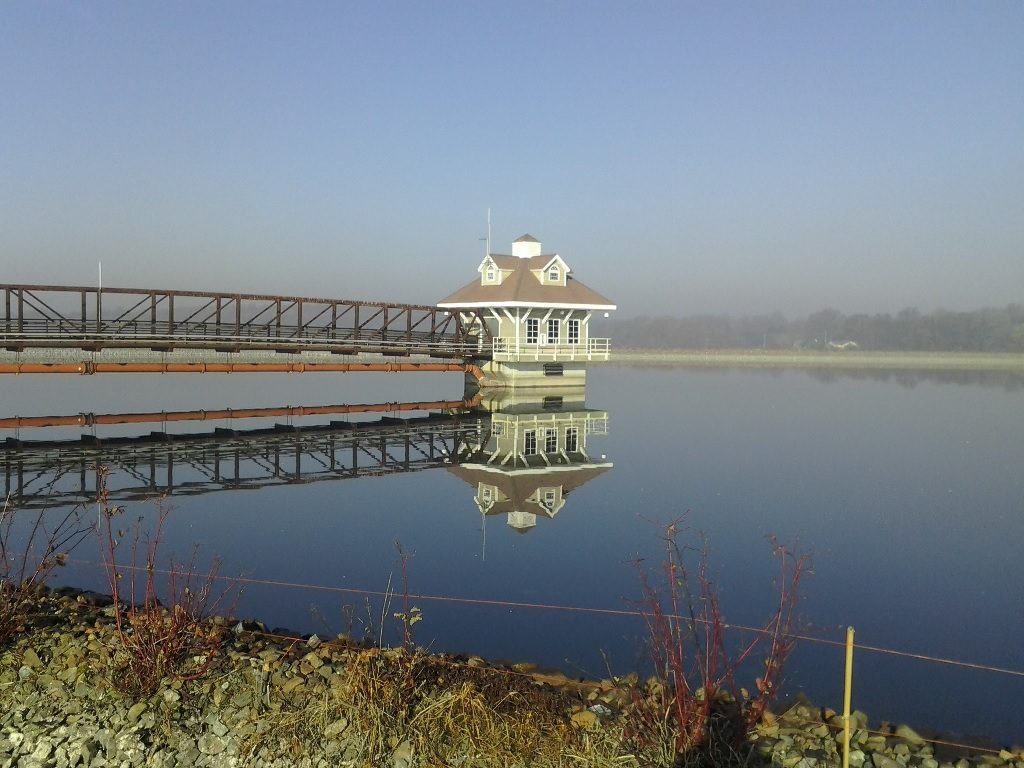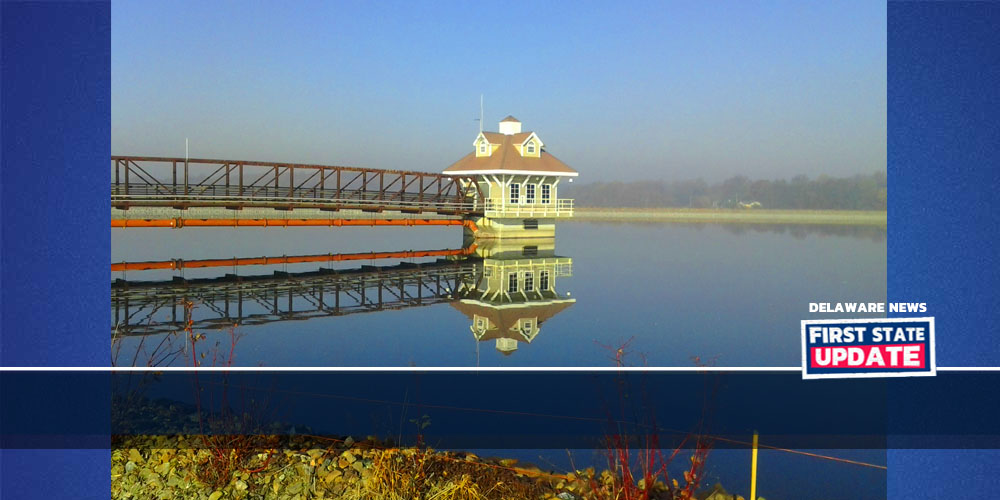DNREC Secretary urges wise water use and conservation as drought conditions continue in northern Delaware
DOVER (Nov. 23, 2016) – With little yield of precipitation during the current stretch of weather – particularly unseasonable warmth as recently  experienced in northern New Castle County and adjacent southeastern Pennsylvania – DNREC Secretary David Small reminds Delawareans that water conservation practices are a year-round action contributing to the continued good health of the state’s water supplies. This mindset is particularly important in northern New Castle County, where large numbers of Delawareans rely on several surface water streams and reservoirs for their public water supplies. These streams rely in large part on rainfall in watersheds extending from Delaware into southeastern Pennsylvania.
experienced in northern New Castle County and adjacent southeastern Pennsylvania – DNREC Secretary David Small reminds Delawareans that water conservation practices are a year-round action contributing to the continued good health of the state’s water supplies. This mindset is particularly important in northern New Castle County, where large numbers of Delawareans rely on several surface water streams and reservoirs for their public water supplies. These streams rely in large part on rainfall in watersheds extending from Delaware into southeastern Pennsylvania.
“Conserving water in any number of ways whenever possible can help offset the lack of rainfall for northern Delaware and watersheds in adjacent southeastern Pennsylvania, and will help maintain existing water supply levels,” Secretary Small said. “Our water supply is a precious natural and economic resource; and is a resource which Delaware residents have a direct influence on preserving through conservation-minded water use.”
Water conditions for northern Delaware were reported Nov. 21 during a teleconference with northern New Castle County water utilities. All utilities reported that demands were seasonally normal and that there is sufficient water supply at this time as demands are at their lowest of the year. “The water supply is sufficient because of investments in storage in northern Delaware made by water purveyors over the past decade,” said John Barndt, DNREC Water Supply Section program manager. Still, he noted that the Delaware Geological Survey reported that stream flows in northern New Castle County remain very low, and groundwater there continues declining toward below-normal levels. DNREC’s Water Supply Section has called an emergency meeting of the state’s Water Supply Coordinating Council for Tuesday, Dec. 13 to discuss and assess the state’s water supply and how current conditions are affecting it.
Eastern Pennsylvania, much of New Jersey, and western New York are experiencing drought conditions that prompted the Delaware River Basin Commission, comprising those three states and Delaware, to vote unanimously today to declare a basin-wide drought watch effective immediately. The DRBC resolution behind the drought watch called for encouraging all residents and business users of basin water supplies “to maximize water efficiency to preserve and protect the basin’s water supplies.” The resolution can be found on the DRBC website.
Delaware State Climatologist Dan Leathers emphasized that the primary concern for northern Delaware is the deficit in precipitation experienced in the headwaters of the Christina River Basin, including the Red Clay, White Clay and Brandywine Creek watersheds. During the last six months, only 75 to 90 percent of normal precipitation has fallen across these watersheds, with the northern portion of each watershed experiencing even greater deficits of 50 to 75 percent of normal precipitation. In addition, during the last six months the temperature in the Christina Basin has averaged 2.5 degrees Fahrenheit above normal, making it the warmest such period since 1948. The high temperatures have increased evaporation and transpiration, worsening northern Delaware’s dry conditions.
DNREC Secretary Small noted that reservoirs in northern Delaware, interconnections between the public water systems, and use of aquifer storage and recovery and other enhancements were designed to allow northern Delaware to be more resilient to periodic extended dry weather events. Since the state’s Water Supply Coordinating Council was established in 1999, the state and water purveyors who help comprise the council have worked together to enhance New Castle County’s water supply by an additional 2 billion gallons of water. Nevertheless, wise water use and conservation of supplies are highly encouraged in Delaware – tips for both practices can be found on the US Environmental Protection Agency’s WaterSense webpage.
Daily monitoring of water supply and demand conditions by water purveyors will continue in accordance with the plans established by the Water Supply Coordinating Council. Weekly meetings of the water agencies and utilities will be held until conditions return to normal, while the Water Supply Coordinating Council will be convened as necessary.
Source: DNREC
Image Credits: City Of Newark

